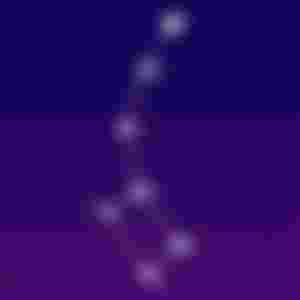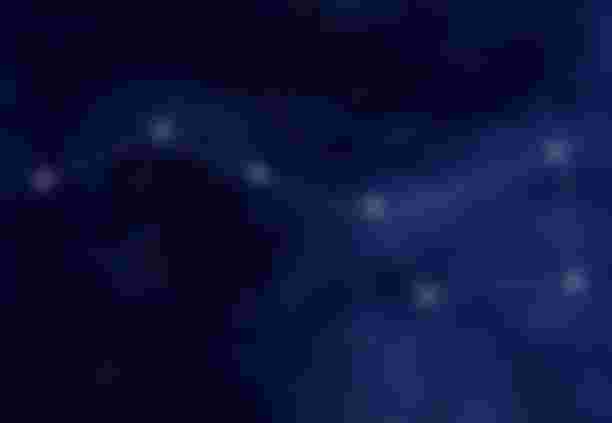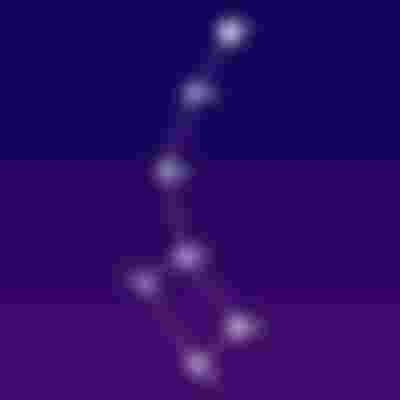Constellation.
Many of the stars appear in groups forming patterns. Such patterns resemble certain objects or figures. Such recognizable patterns are called CONSTELLATION. In Indian terminology, constellation are called nakshatras. So far, 88 constellation have been recognized and named.

• All the stars in a constellation stay together.
• The shape of a constellation always remains the same.
• Constellation appear to move from east to west in the sky. This is because the earth rotates from west to east.
• Constellation are named after the figure they resemble.
Some important constellation are described below :
URSA MAJOR (OR GREAT BEAR )

Ursa Major constellation consists of seven bright stars. These seven stars are arranged in the form of a dipper - three stars in the handle and four in its bowl. That is why this constellation is also known as BIG DIPPER. The name BIG DIPPER is derived from the word DIPPER - a utensil used in the olden days to drink water.
Ursa Major is also called GREAT BEAR ( or Saptarishi ) because, the seven bright stars of Ursa Major along with several other fainter stars form a pattern resembling a bear.
Ursa Major can be seen clearly in the month of APRIL in the northern hemisphere at night.
The Pole-star commonly known as DHRUVA TARA always remains at the same fixed position in the sky. It lies on the northern end of the extended line drawn through the two stars at the end of Ursa Major.

URSA MINOR ( OR LITTLE BEAR )
The Indian name of the Ursa Minor ( or Little Bear ) constellation is Laghu Saptrishi. Ursa Minor ( or Little Bear ) contains seven bright stars. The star at the end of tail is the POLE STAR ( DHRUV TARA ). The arrangement of stars in Ursa Minor is shown below. Ursa Minor constellation is sometimes also called POLE STAR CONSTELLATION.

In the northern hemisphere, Ursa Minor can be seen clearly at night ( towards north ) in the months of June - July.
ORION ( OR THE HUNTER )

Orion is also known as Kalpurush. There are seven bright stars and several faint stars in the Orion. The arrangement of stars in Orion resembles a hunter.
The three middle stars represent the belt, and the four bright stars ( two above and two below the belt )
describe the shoulder and legs of the hunter. Orion is visible in the northern sky in the late evening during winter.




